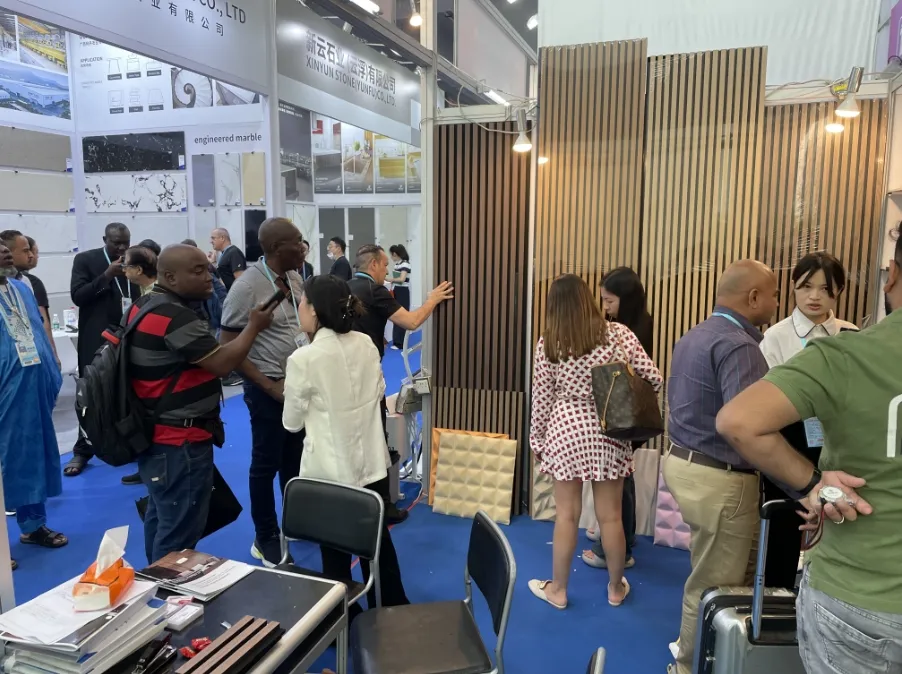The Importance of Acoustic Felt Fabric in Modern Interiors
In an era where urban living and open-plan spaces are increasingly common, the need for effective sound absorption solutions has never been more pressing. One material that has emerged as a favored choice for architects and interior designers alike is acoustic felt fabric. This versatile and functional textile not only enhances the aesthetic appeal of spaces but also plays a crucial role in improving acoustic comfort.
What is Acoustic Felt Fabric?
Acoustic felt fabric is typically made from recycled polyester fibers, which are densely compressed and formed into sheets. This unique structure allows the material to absorb sound waves, thus reducing echoes and background noise. The fabric is available in various colors, textures, and thicknesses, making it an ideal choice for both commercial and residential applications.
Benefits of Acoustic Felt Fabric
1. Sound Absorption The primary advantage of acoustic felt is its ability to absorb sound. Unlike traditional materials that reflect sound, felt minimizes reverberation, leading to a quieter and more pleasant environment. This is especially important in settings such as offices, schools, and restaurants where excessive noise can hinder communication and concentration.
2. Aesthetic Versatility Acoustic felt fabric is also highly customizable. Designers can choose from a wide range of colors and textures, allowing for creative expression while meeting functional needs. Whether used as wall panels, ceiling tiles, or decorative art pieces, it can seamlessly integrate into any design theme—from minimalist modern to cozy rustic.
acoustic felt fabric

3. Sustainability With a growing focus on sustainability, many acoustic felt fabrics are made from recycled materials. This not only reduces waste but also contributes to environmentally-friendly building practices. Choosing eco-conscious materials can significantly lower a project’s carbon footprint and appeal to socially responsible consumers.
4. Easy Installation Acoustic felt is lightweight and easy to handle, making installation a straightforward process. It can be affixed directly to walls or ceilings using adhesive or mounted as panels, allowing for flexibility in design and implementation.
5. Durability and Maintenance This fabric is known for its durability and resilience. Acoustic felt can withstand wear and tear, making it suitable for high-traffic areas. Additionally, the material is often stain-resistant and can be cleaned easily, ensuring that it retains its appearance over time.
Applications of Acoustic Felt Fabric
The uses of acoustic felt fabric are broad and varied. In commercial settings, it can be found in offices, conference rooms, and retail spaces to create an enjoyable atmosphere free from distracting noise. In residential applications, it adds comfort to living rooms, home theaters, and even nursery spaces. Furthermore, its versatility allows it to be used in creative ways, such as in furniture design, room dividers, and soundproofing panels.
Conclusion
Acoustic felt fabric has established itself as an essential element in the design world, where the balance between aesthetics and functionality is highly sought after. As the demand for peaceful environments continues to grow, incorporating acoustic solutions like felt fabric can provide a significant advantage in creating spaces that are not only visually appealing but also acoustically efficient. Whether for commercial or residential use, acoustic felt fabric is a wise choice for those looking to enhance both beauty and comfort in their surroundings.
